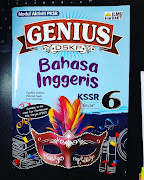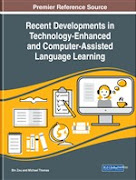Shared Reading is exactly what it sounds like - it is a time for sharing a story and reading together!
The Shared Reading model (developed by Holdaway, 1979) is built on research that indicates storybook reading is critically important factor in young children's development. Storybook reading done by parents at home is particularly effective.
In school, however, a teacher usually reads to a group of children rather than to a single child. Thus, the Shared Reading model gives children the same benefits of storybook reading as done at home (Ferreiro & Teberosky, 1982; Schickendanz, 1978).
The Shared Reading model often uses oversized books (referred to as big books) with large print and illustrations as the teacher reads aloud. When one teacher entered the teaching profession, she was shocked by her students' lack of enthusiasm for reading. "I thought I would have students who loved reading as I did," explained the teacher. "Yet when I started teaching, I found I was encountering hundreds of students who couldn't or wouldn't read. I was stunned by that. Reading had played such an important role in my life; I couldn't imagine not wanting to read. So I started to find multiple copies of books, short stories, poetry and newspaper articles and began reading to them, inviting them to follow as I read".
Hers is now one among many stories of success in producing engaged learners and better readers through read-aloud experiences. The teacher, who is currently an author and expert on the teaching of reading, noted some of her successes in her teaching journal:
- Students were more motivated to read
- Students' speaking and writing vocabularies were changing to reflect the texts they read
- Students were reading more on their own
- The class was more like a community and less a collection of individuals who happened to be in the same class
- Students' writing improved
- Students began to see themselves as readers
- Teacher introduces the story (talking about the title, cover and title page)
- Teacher reads aloud, pointing to each word as she reads.
- Teacher may pause occasionally to ask questions.
- Teacher and students take turns reading the story. A choral reading may take place.
- Teacher asks open-ended questions, encourages students to make connections and predictions.
The article points out the suggestion by McCracken and McCracken (1995) on the suitable types of books for Shared Reading:
- Rhythmic Books: the rhythm of the text enables students to anticipate some of the words
- Repetitive Books: the classic story of The Gingerbread Man provides an example of repetition: "You can run as fast as you can, but you'll never catch me!"
- Basic Sentence Pattern Books: an example of these is a book that uses the sentence pattern "This is my ..." repeatedly.
- Two-part Books: the text reads like a conversation, a question is asked in two lines by a character and the response is given in the subsequent two lines by another character.
- Information Books: books that are full of information about content-related topics.


















No comments:
Post a Comment